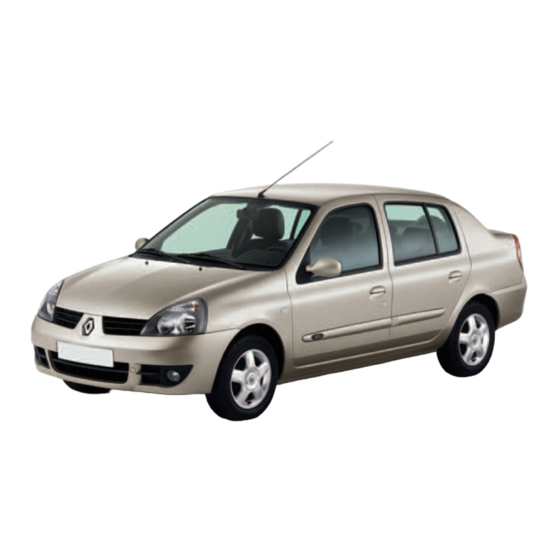
Renault Clio Owner's Manual
Hide thumbs
Also See for Clio:
- Workshop repair manual (277 pages) ,
- Handbook (268 pages) ,
- Driver's handbook manual (261 pages)
Table of Contents
Advertisement
Quick Links
Advertisement
Chapters
Table of Contents















Need help?
Do you have a question about the Clio and is the answer not in the manual?
Questions and answers